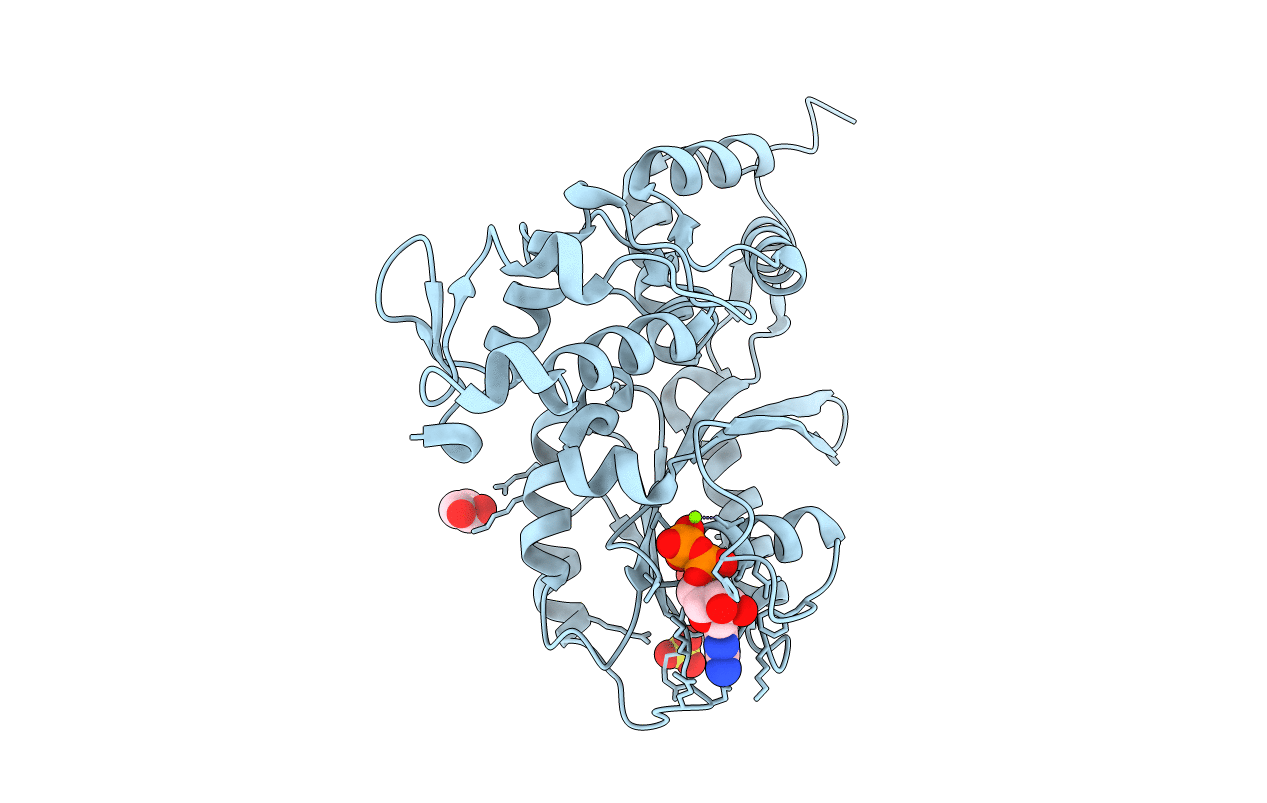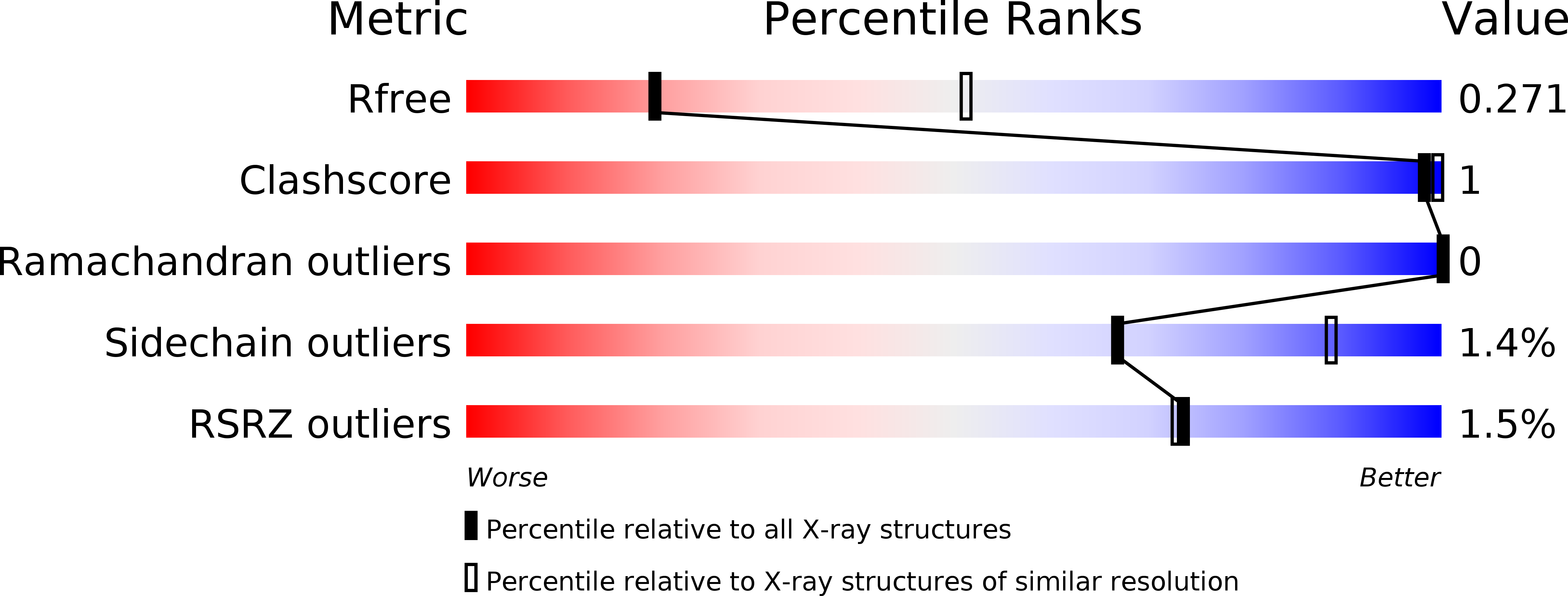
Deposition Date
2014-10-14
Release Date
2014-11-05
Last Version Date
2024-01-10
Entry Detail
PDB ID:
4WNR
Keywords:
Title:
Structure of methanosarcina barkeri Roco2 RocCORdC bound to GDP
Biological Source:
Source Organism:
Methanosarcina barkeri (Taxon ID: 269797)
Host Organism:
Method Details:
Experimental Method:
Resolution:
2.90 Å
R-Value Free:
0.26
R-Value Work:
0.24
R-Value Observed:
0.24
Space Group:
P 61 2 2


